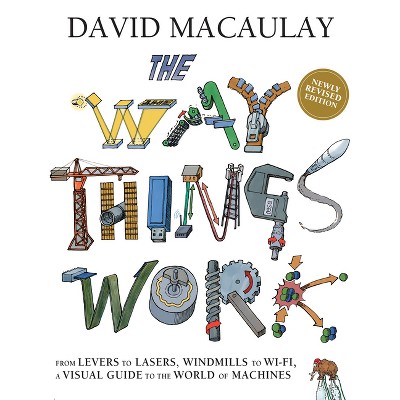About this item
Highlights
- Most water control projects in the American West depend on huge gravity dams, whose stability lies in massive quantities of concrete and earth or rock fill.
- Author(s): Donald C Jackson
- 352 Pages
- Technology, Hydraulics
Description
Book Synopsis
Most water control projects in the American West depend on huge gravity dams, whose stability lies in massive quantities of concrete and earth or rock fill. In the early twentieth century, John S. Eastwood designed novel dams that minimized the concrete necessary for construction.
Eastwood's multiple-arch designs proved less expensive than comparable gravity dams. Yet he faced the opposition of a powerful cadre of engineers, financiers, and politicians who believed the distinctive appearance of multiple-arch dams did not inspire public confidence. Donald C. Jackson offers compelling insight into the world of America's dam-building elite and describes how proponents of "bigger is better" dams won out over Eastwood's competing idea that "bulk does not mean strength."
From the Back Cover
In exploring the vital function of dam building in western development prior to the New Deal, Donald Jackson focuses on the work of John S. Eastwood, a trailblazing engineer in the early twentieth century, who steadfastly promoted the dramatically less expensive - and controversial - multiple arch dam. Placing Eastwood's work within a vibrant cultural milieu - replete with power struggles among engineers, corporate patrons, and government bureaucrats - Jackson illustrates how both technical and nontechnical issues affected the financing, location, and construction of dams. By examining Eastwood's advocacy of a technology that opened up the possibility of water storage - and hence water control - to a wide range of potential users, Jackson offers a fresh and important perspective on how public and private interests intertwine to shape the enduring contours of western water controversy.Shipping details
Return details
Trending Computers & Technology Books












